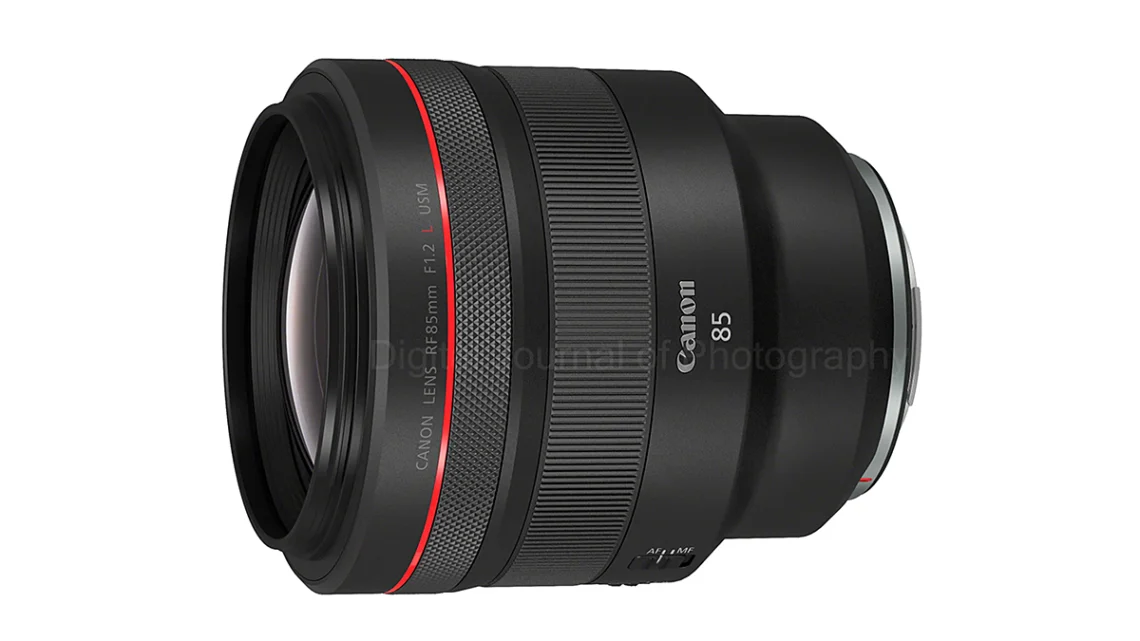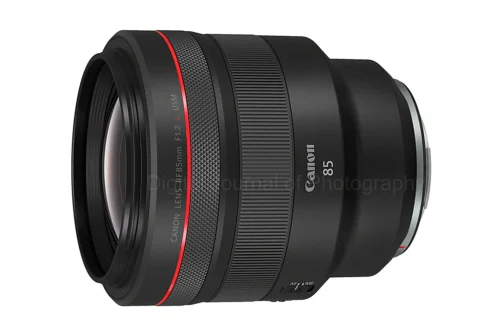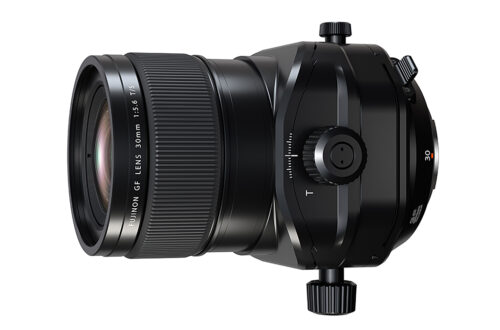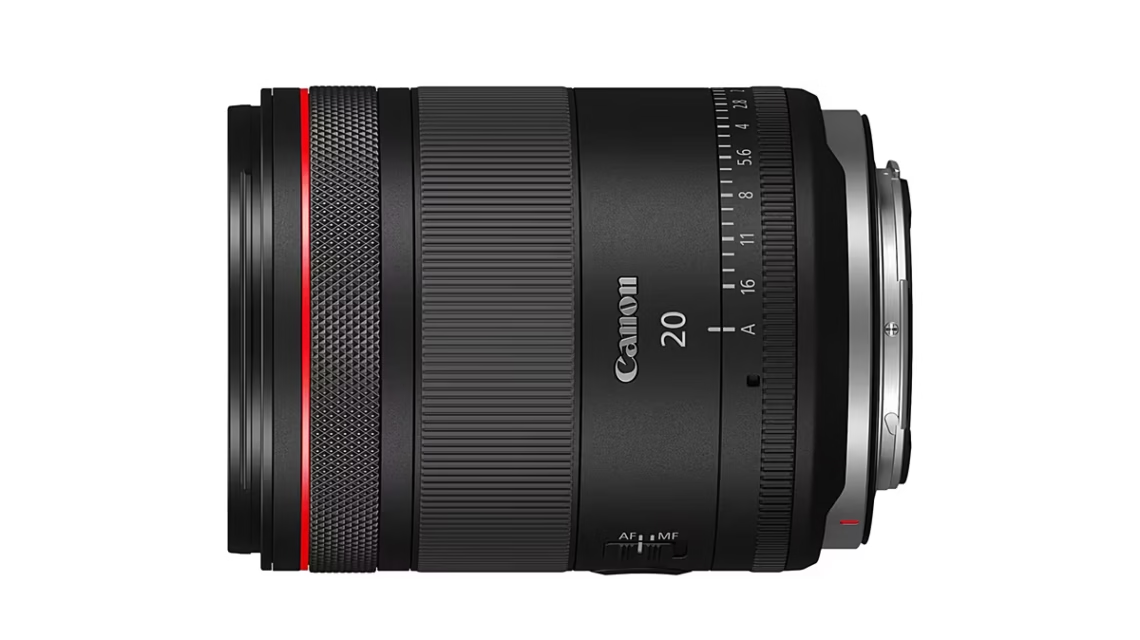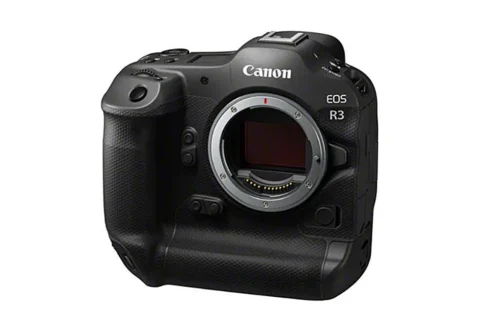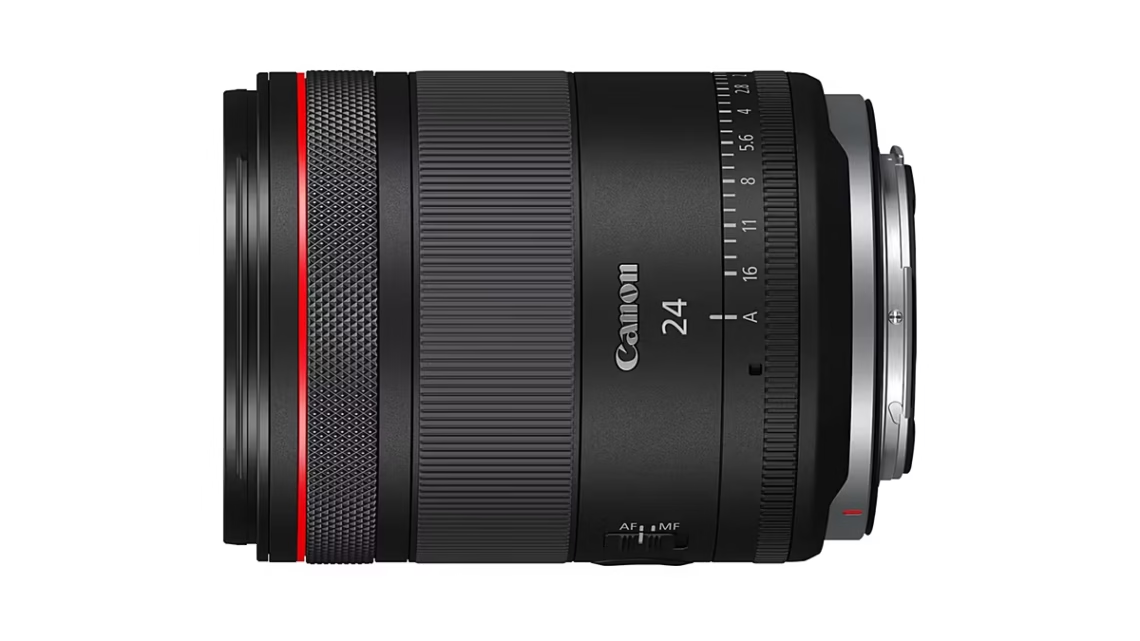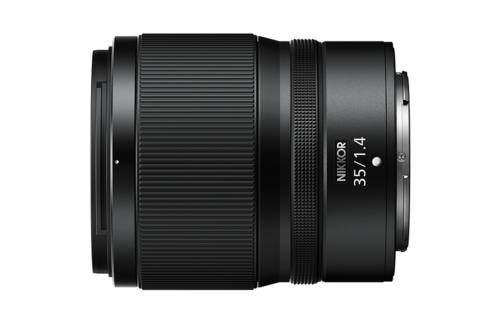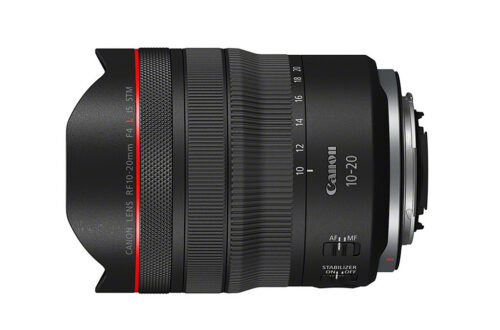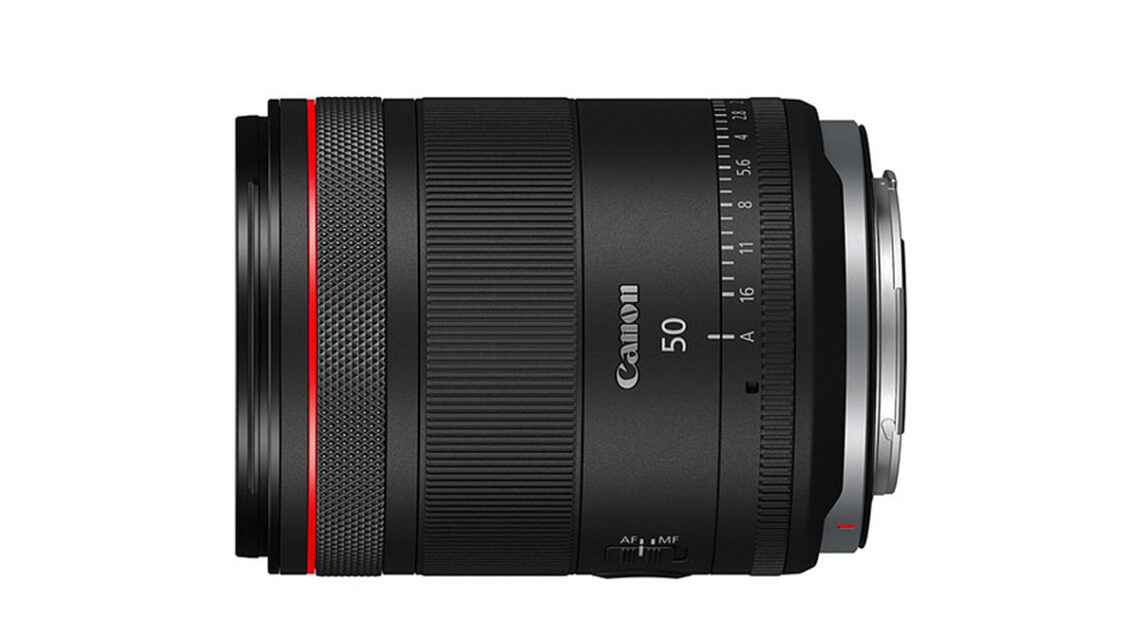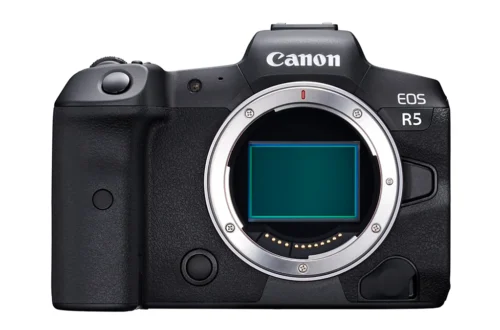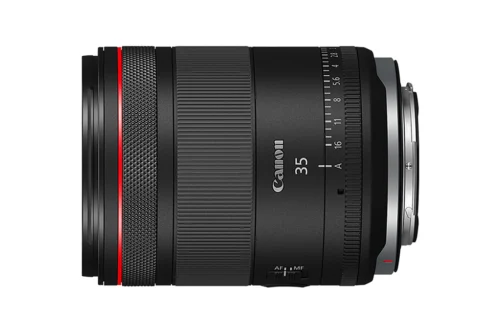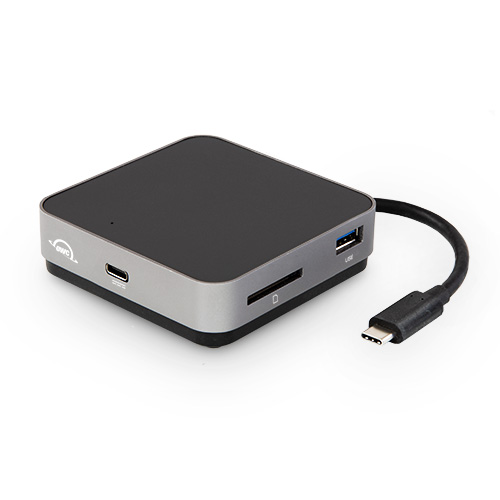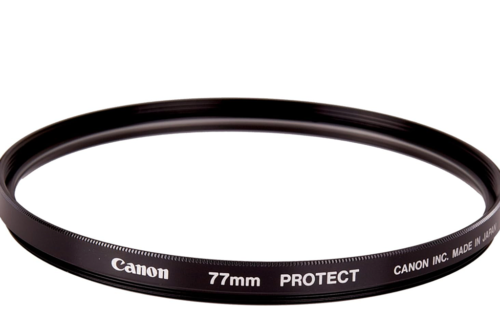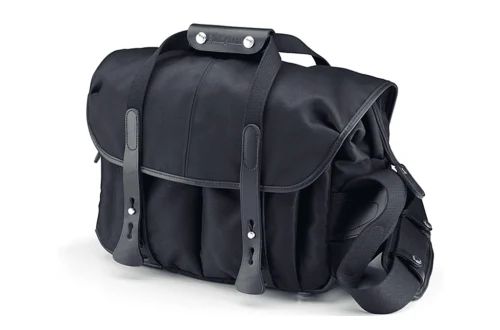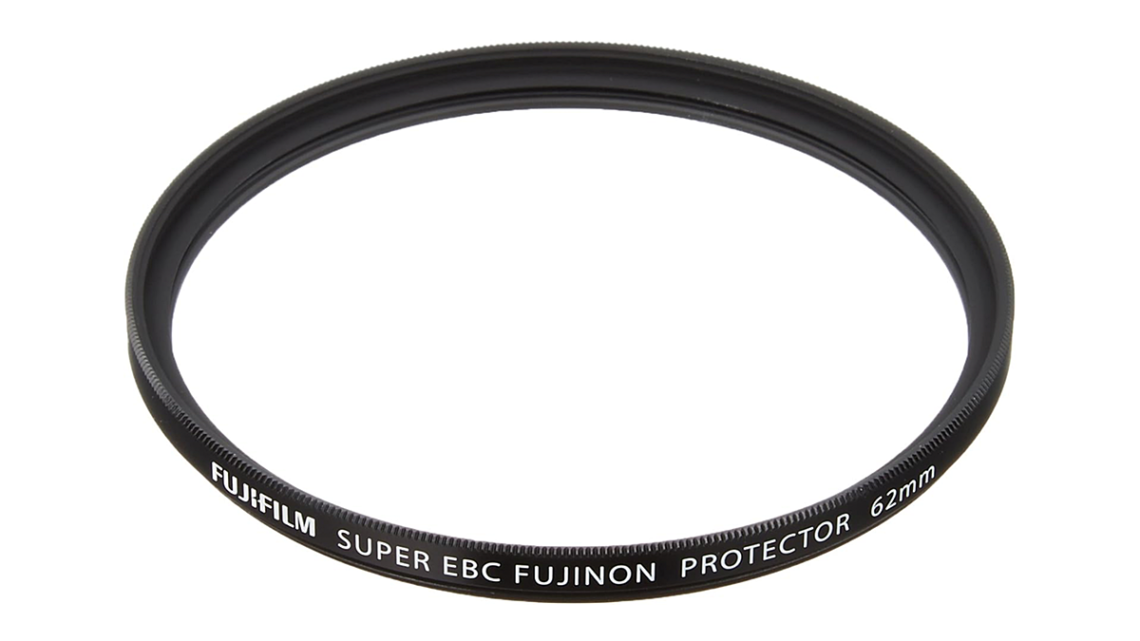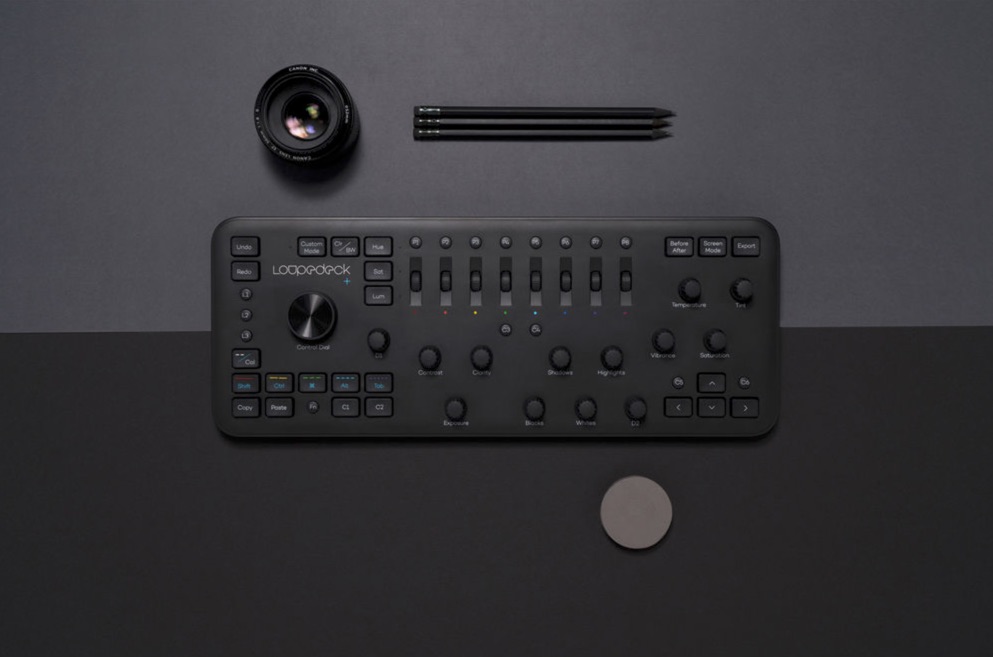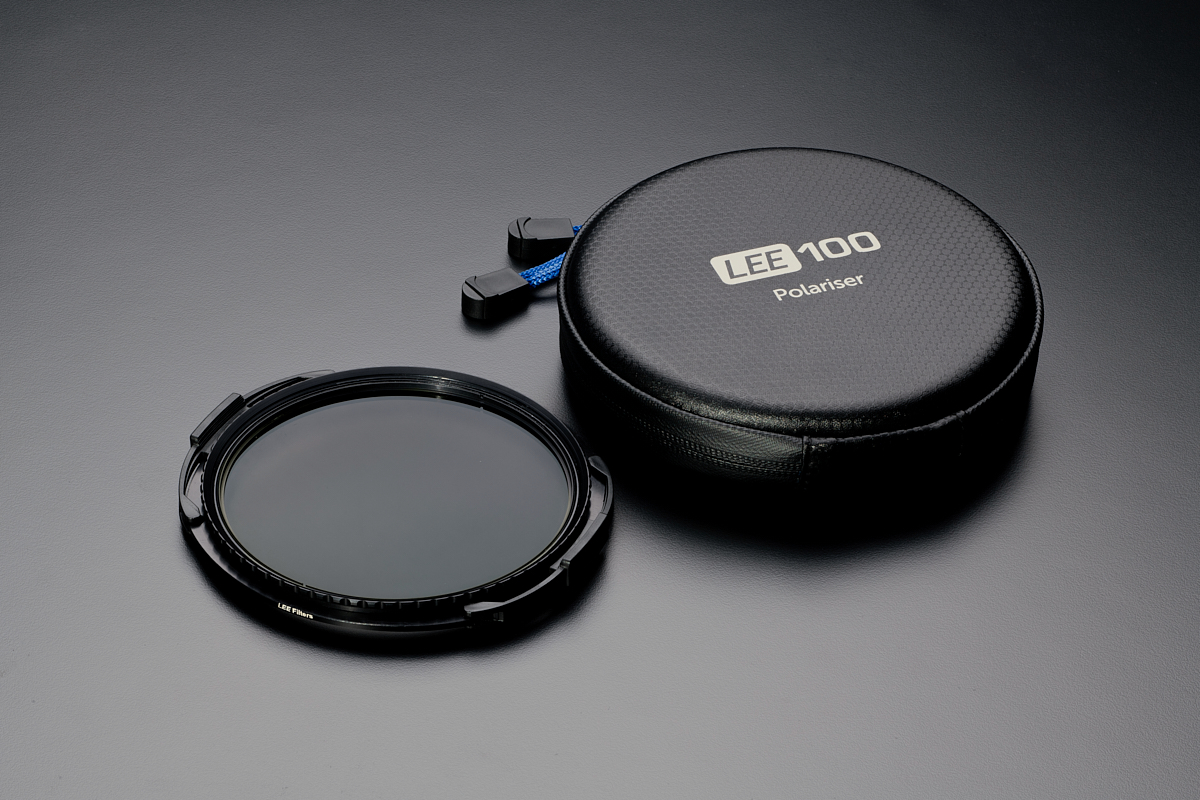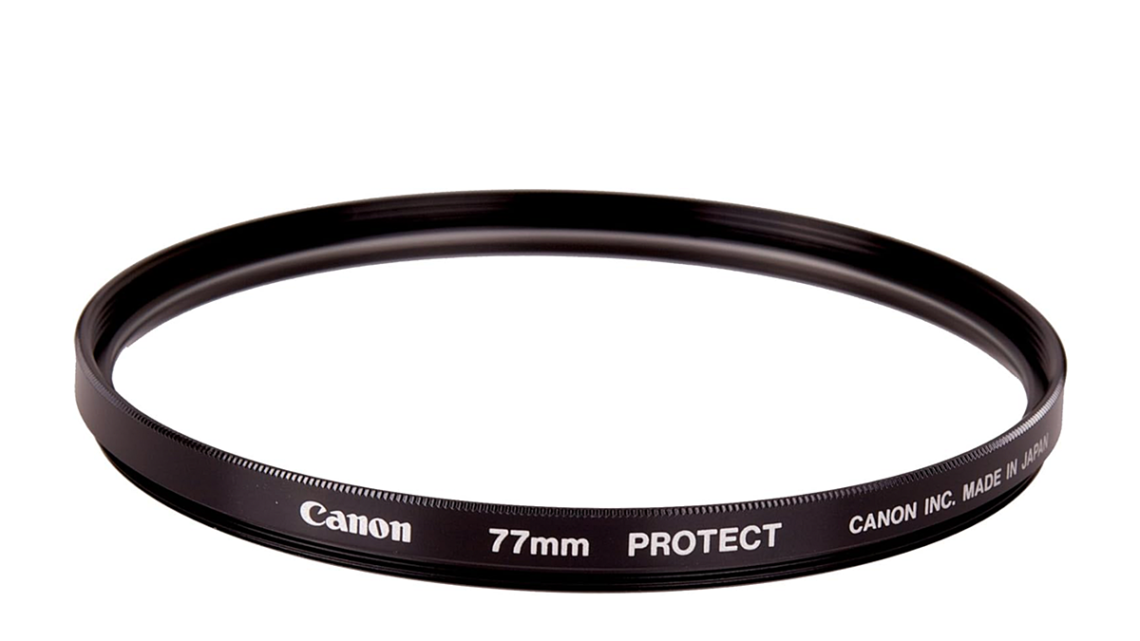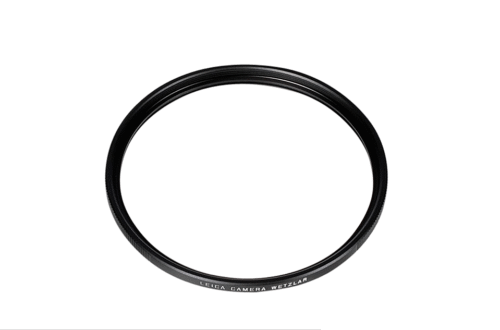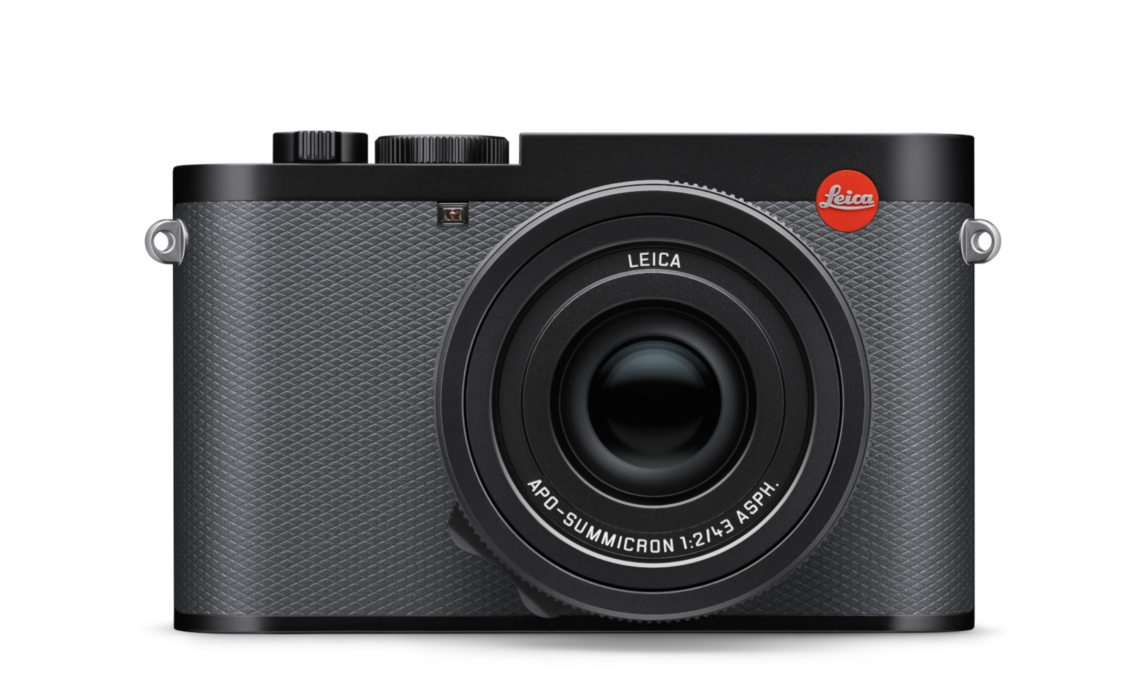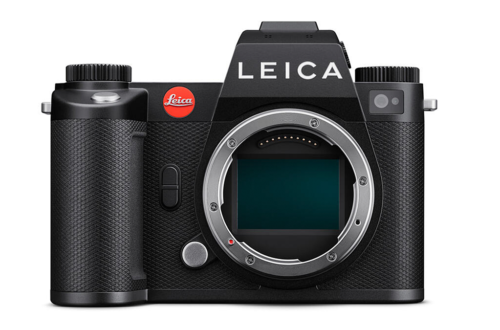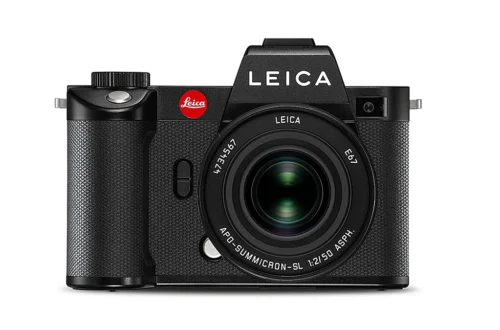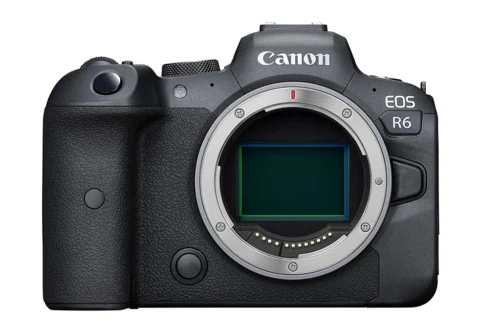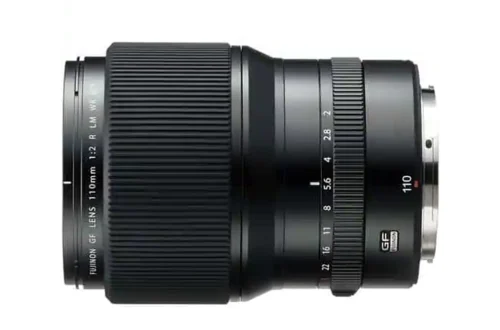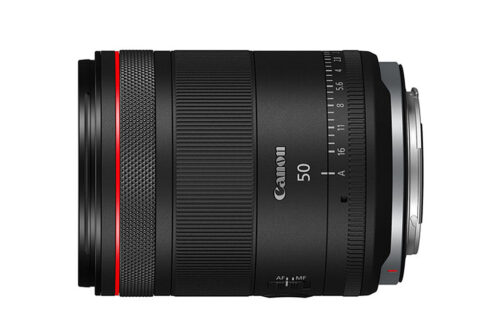Lenses
-
Canon RF 85mm F1.2 L USM specs
Technical Data Manufacturer Canon Model RF 85mm F1.2L USM Web www.canon.co.uk Elements/construction 13 elements in 9 groups (2x UD (inc 1x Asph UD*), 1x BR) Angle of view (h,v,d) 24°, 16°, 28°30′ Max aperture F1.2 Min aperture F16 Min focus distance 0.85 m (2.8 ft) Mount RF mount Filter size 82 mm Length 117.3 mm (4.6 in.) Diameter 103.2 mm (4 in.) Weight 1195 g (2.6 lb) Price £3070 inc VAT ($2,999) Lens cross-section *Most tech data I’ve seen mentions 1x UD plus 1x Asph, but according to this Canon-produced graphic, the lens features 2x large-diameter UD elements, with one of those featuring a ‘ground’ aspherical surface, not…
-
Canon RF 20mm F1.4 L VCM specs
Technical Data Manufacturer Canon Model RF 20mm F1.4L VCM Web www.canon.co.uk Elements/construction 15 elements in 11 groups (1x S UD, 2x UD, 1x BR, 2x Asph (GMo)) Angle of view (h,v,d) 84°, 62°, 94° Max aperture F1.4 Min aperture F16 Min focus distance 0.2 m (9.4 in) Mount RF mount Filter size 67 mm / Rear gel holder Length 99.3 mm (3.9 in.) Diameter 76.5 mm (3 in.) Weight 519 g (1.1 lb) Price £1919 inc VAT ($1,799) Check stock and prices of the Canon RF 20mm F1.4L VCM at the following retailers: WEX Photo (UK)| Park Cameras (UK) | Canon Store (UK/Eur) B&H Photo (US) | Adorama…
-
Canon RF 24mm F1.4 L VCM specs
Technical Data Manufacturer Canon Model RF 24mm F1.4L VCM Web www.canon.co.uk Elements/construction 15 elements in 11 groups (2x UD, 1x Asph (GMo)) Angle of view (h,v,d) 74°, 53°, 84° Max aperture F1.4 Min aperture F16 Min focus distance 0.239 m (9.4 in) Mount RF mount Filter size 67 mm / Rear gel holder Length 99.3 mm (3.9 in.) Diameter 76.5 mm (3 in.) Weight 515 g (1.1 lb) Price £1679 inc VAT ($1,599) Check stock and prices of the Canon RF 24mm F1.4L VCM at the following retailers: WEX Photo (UK)| Park Cameras (UK) | Canon Store (UK/Eur) B&H Photo (US) | Adorama (US) | Amazon (US/UK) …
-
Canon RF 50mm F1.4 L VCM specs
Technical Data Manufacturer Canon Model RF 50mm F1.4L VCM Web www.canon.co.uk Elements/construction 14 elements in 11 groups (1x UD, 2x Asph (1x GMo)) Angle of view (h,v,d) 40°, 27°, 46° Max aperture F1.4 Min aperture F16 Min focus distance 0.4 m (15.7 in) Mount RF mount Filter size 67mm / Rear gel holder Length 99.3 mm (3.9 in.) Diameter 76.5 mm (3 in.) Weight 580 g (1.3 lb) Price £1539 inc VAT ($1,499) Check stock and prices of the Canon RF 50mm F1.4L VCM at the following retailers: WEX Photo (UK)| Park Cameras (UK) | Canon Store (UK/Eur) B&H Photo (US) | Adorama (US) | Amazon (US/UK) …
-
Filter sizes for Leica M lenses
As you might expect, Leica offers its range of UV filters, which are recommended for the protection of the front element in everyday use but also to prevent damage when cleaning. It’s much less worrying to clean a filter than a front element. However, I also recommend B+W (UV or Clear) filters, which, although made by the German brand Schneider-Kreuznach, tend to be slightly cheaper and yet are not considered inferior in any way. The XS-Pro, now replaced by the ‘Master’, features a thin brass frame and a Nano coating to facilitate easier cleaning. More competitively priced offerings include the excellent Breakthrough Photography UV X2 range and the Firecrest series…
-
Filter sizes for Fujinon GF lenses
When reviewing the Fujinon lenses, Fujifilm UK always send out samples with Fujinon Protector Filters, and I’ve been impressed with the way they handle flare and ghosting. Filters for lens protection seem to divide opinions; however, I’m strongly in favour of them. Not only do they prevent fumbling with lens caps (keep those for storage), but they’re also a lot easier to clean than the front element. The following is a work in progress, so the columns will be filled out in due course. Fujifilm doesn’t specify the pouches in their lens manuals or websites. Buy Fujifilm Fujinon Protect Filters [Affiliate links]: Amazon UK Amazon US As an Amazon…
-
Filter sizes for Canon EF lenses
Canon filter sizes are difficult to find, at least in a list form. At one time, all manufacturers went to the trouble to do so with printed brochures but now, with the internet, not so much. With the move to EOS R cameras and the highly capable and versatile EF-RF adaptors, the older EF lenses remain hugely popular. Indeed, with focusing accuracy as good if not better than the older DSLRs, especially when focused off-centre, EF lenses have seen a new lease of life. Filters for lens protection seem to divide opinions, however, I’m strongly in favour of them. Not only do they prevent fumbling with lens caps (keep those…
-
Filter sizes for Canon RF lenses
Manufacturers have favourite filter sizes. Canon, for example, often adopted 72mm and 77mm for L-series EF mount lenses but that has changed somewhat with the RF mount to 67mm, 77mm and 82mm being common sizes. Once a popular size on the original Canon FD breach-lock mount lenses from the 70s (not FDn), the 55mm filter thread size is also making a comeback. For Canon lenses, I recommend Canon ‘Protect’ or Protector filters as they’re extremely high quality. They’re also very reasonably priced, at least for the popular sizes. Sizes above 82mm are steep, though, so you could look for more competitive offerings such as the excellent Firecrest models for that…
-
Leica Q3 43 review
Leica’s Q3 43 builds on the success of the Q-series, adding a new 43mm F2 Apo lens to the 60 MP CMOS of the regular Leica Q3. Kevin Carter takes a look. With Canon and Nikon concentrating on niche genres like sports and action or the ‘content creator’, it’s hardly surprising when something like the Leica Q3 arrives to fill the void. And now it has been joined by the Leica Q3 43. While expensive, with better resale prices than rival makes when the time comes to upgrade, it is perhaps the most economical way into the Leica system. Small, light and discreet, the Leica Q3 43 shares the ergonomics…
-
Fujifilm Fujinon GF50mm F3.5 R LM WR specs
Technical Data Manufacturer Fujifilm Model Fujinon GF50mm F3.5 R LM WR Web www.fujifilm-X.com Elements/construction 9 elements in 6 groups (including 1 aspherical surface) Angle of view 57.4° (diagonal) 40mm equivalent Tilt/Shift n/a Max aperture F3.5 (9-blades, rounded) Min aperture F32 Min focus distance 0.55 m (1.8 in) Max magnification 0.1x Mount GF mount Filter size 62mm Length 48mm (1.89 in.) Diameter 88mm (3.31 in.) Weight 355g ( 11.2 oz) Price £949 inc VAT ($999) Read our review of the Fujifilm Fujinon GF50mm F3.5 R LM WR lens. Check price & availability: WEX UK | Amazon | Park Cameras UK B&H Photo US | Adorama | Amazon As an…
